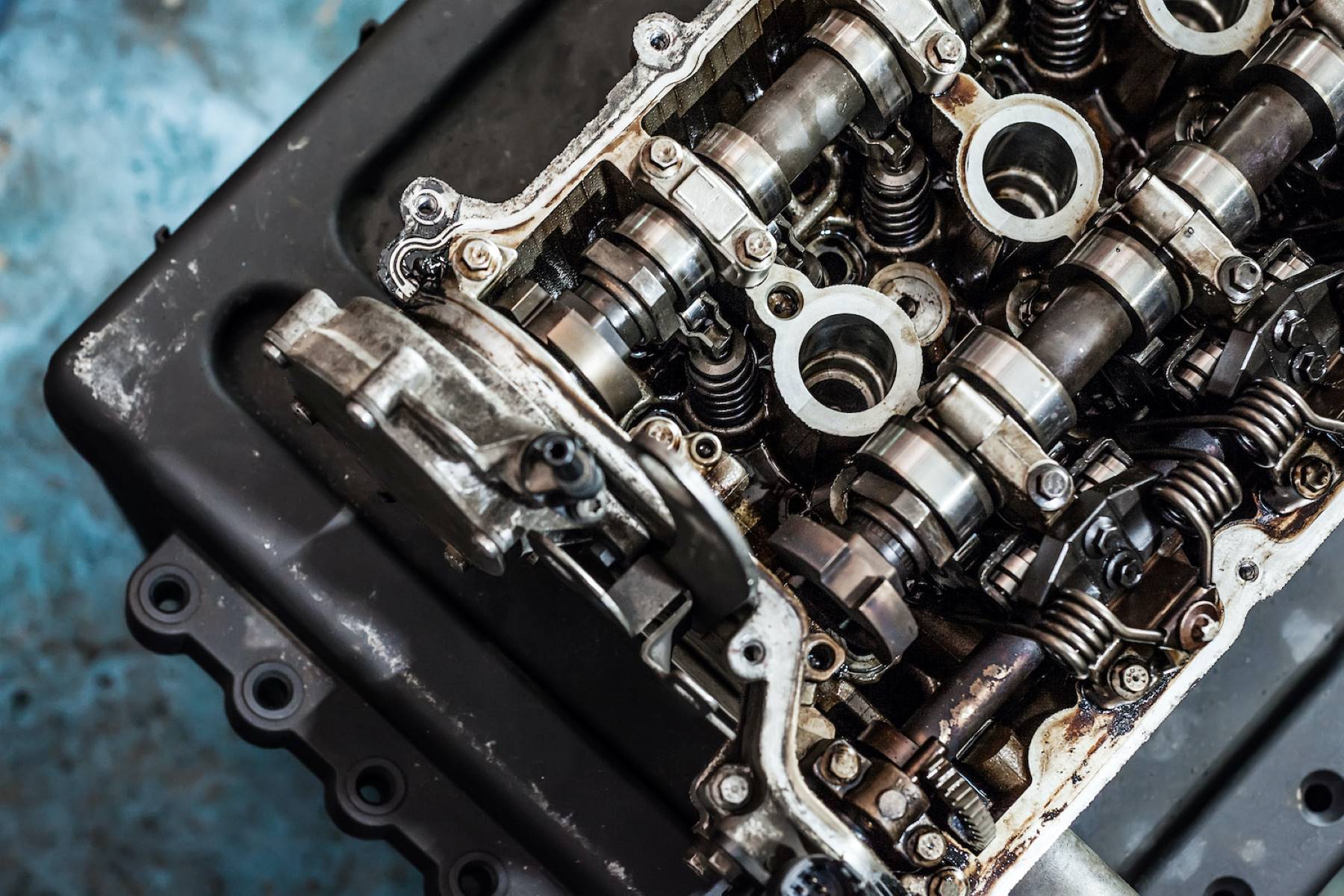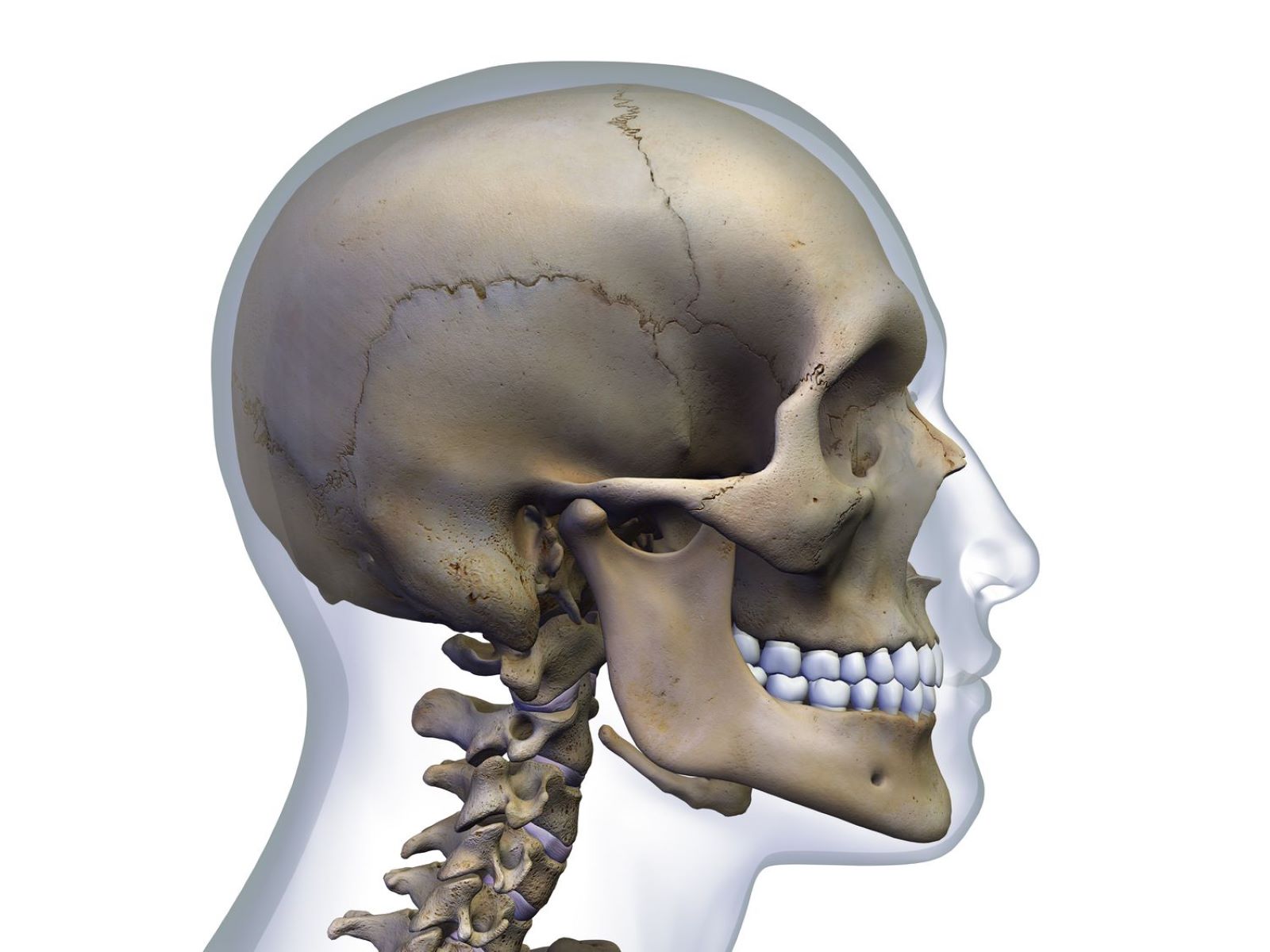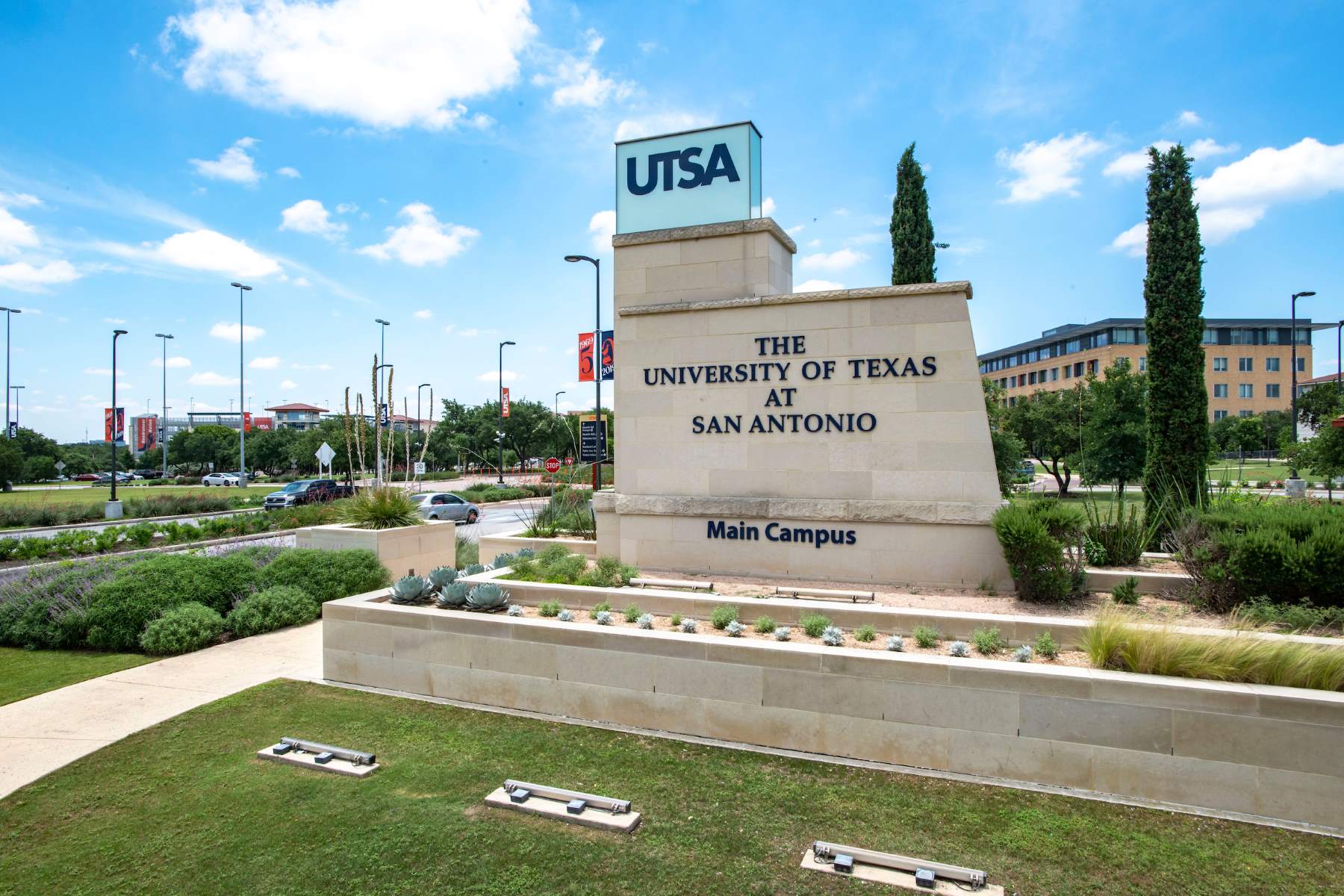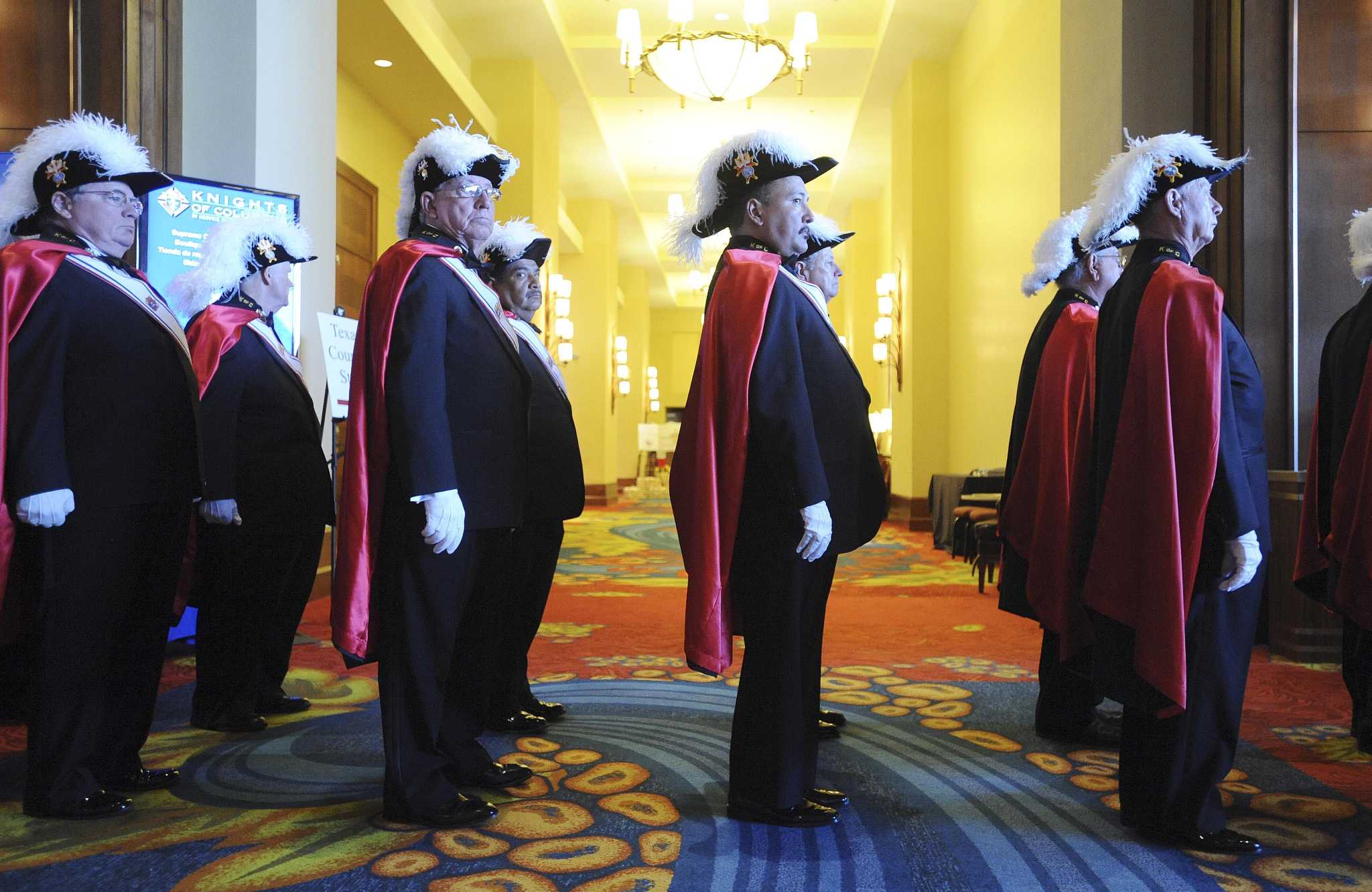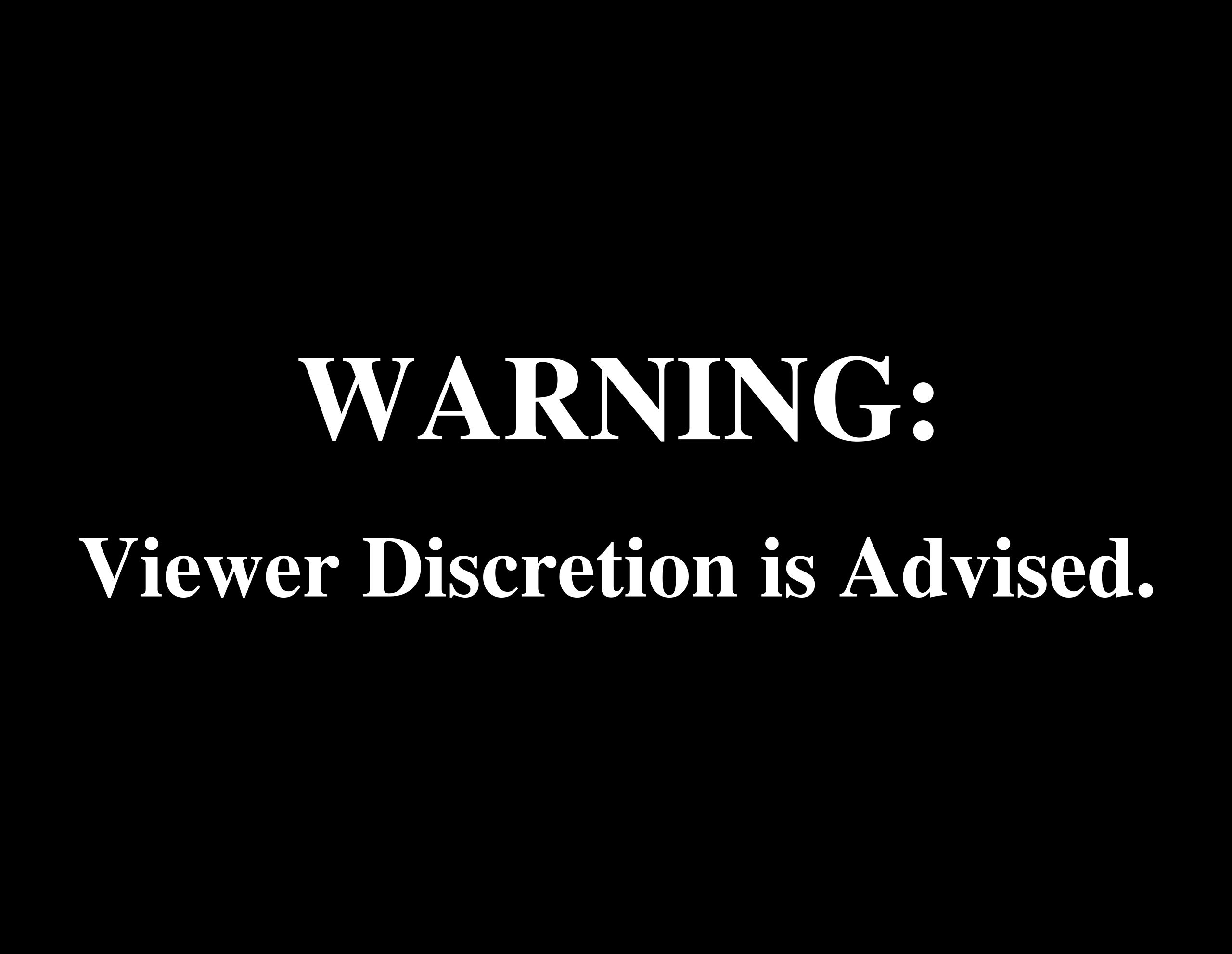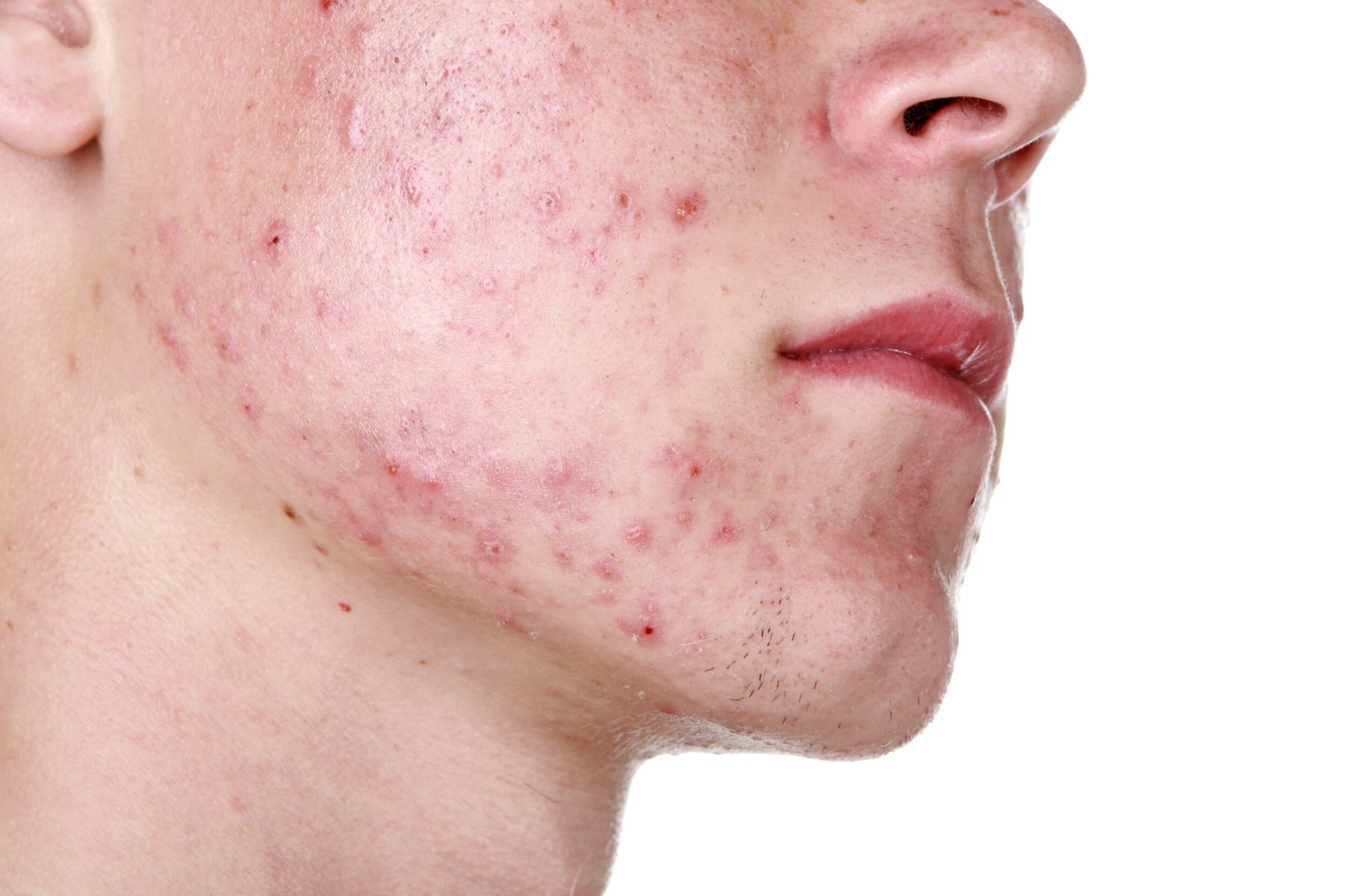Home>Psychology>The Shocking Link Between Media Violence And Juvenile Crime Rates
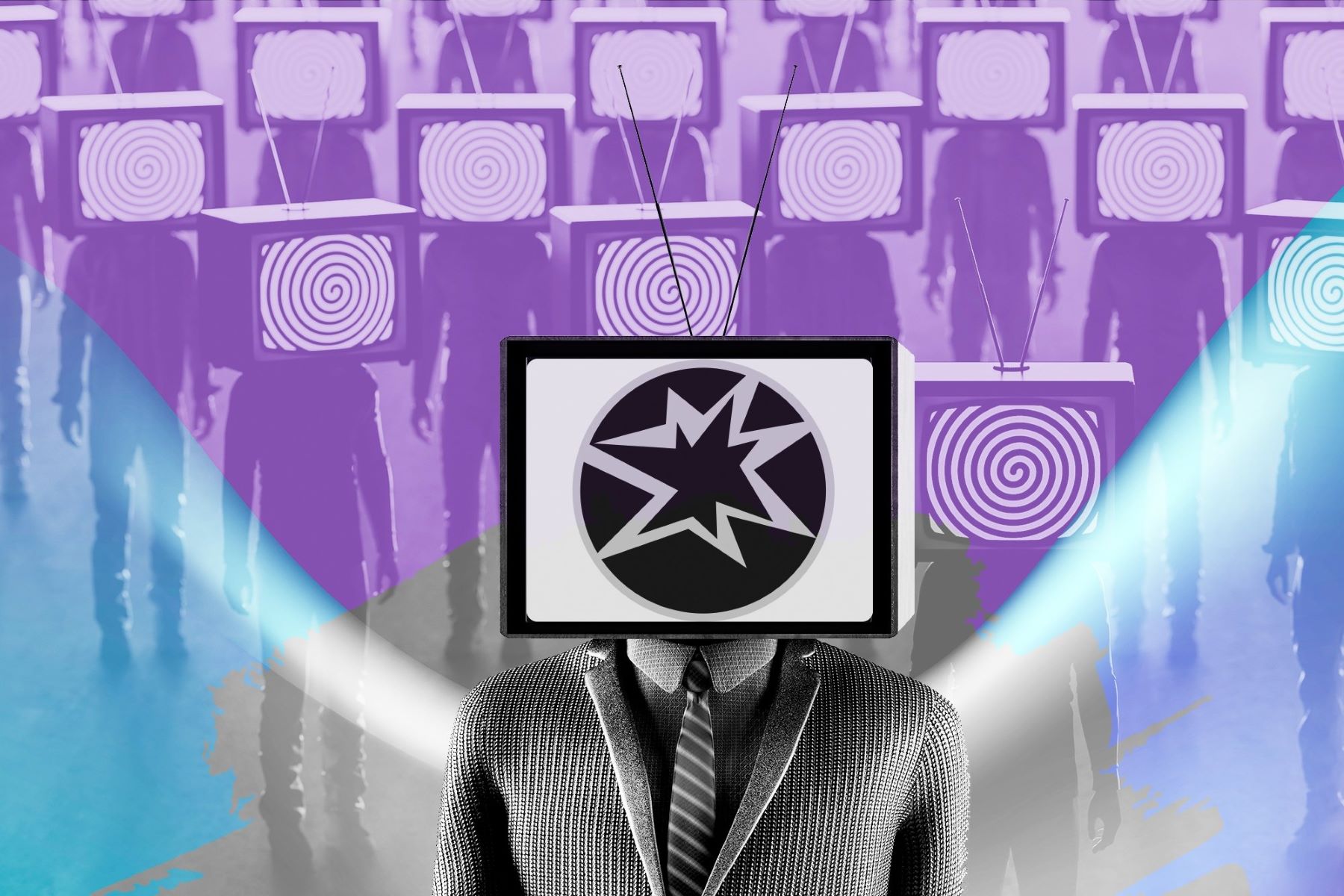

Psychology
The Shocking Link Between Media Violence And Juvenile Crime Rates
Published: January 19, 2024
Discover the psychological impact of media violence on juvenile crime rates and explore the link between them. Gain insights into the correlation between psychology and media influence.
(Many of the links in this article redirect to a specific reviewed product. Your purchase of these products through affiliate links helps to generate commission for Regretless.com, at no extra cost. Learn more)
Table of Contents
- Introduction
- The Impact of Media Violence on Juvenile Behavior
- Research Findings on the Link Between Media Violence and Juvenile Crime Rates
- The Role of Media in Shaping Juvenile Perceptions and Behaviors
- The Influence of Media Violence on Aggression and Criminal Behavior
- Strategies for Addressing the Impact of Media Violence on Juvenile Crime Rates
- Conclusion
Introduction
The relationship between media violence and juvenile crime rates has been a topic of intense debate and concern in both academic and public spheres. As the prevalence of media content depicting violence continues to rise, the potential impact on the behavior and attitudes of young individuals has become a pressing issue. The influence of media, including television, movies, video games, and online platforms, on the development of juvenile behavior has sparked significant interest and concern among parents, educators, and policymakers.
The pervasive nature of media in the lives of young people raises critical questions about its potential role in shaping their perceptions and influencing their actions. The concern is not merely speculative; it is grounded in a growing body of research that suggests a correlation between exposure to media violence and an increase in aggressive tendencies and antisocial behavior among juveniles. This correlation has prompted a closer examination of the ways in which media content may contribute to the rising rates of juvenile delinquency and criminal activities.
Understanding the complex interplay between media violence and juvenile behavior requires a multidimensional approach that considers psychological, sociocultural, and environmental factors. It is essential to recognize that the impact of media content is not uniform across all individuals, as susceptibility to its influence can vary based on personal characteristics, family dynamics, and social contexts. However, the cumulative evidence pointing to a potential link between media violence and juvenile crime rates necessitates a thorough exploration of this issue.
As we delve into this multifaceted topic, it becomes apparent that addressing the impact of media violence on juvenile behavior requires a nuanced understanding of the underlying mechanisms at play. By critically examining the existing research and delving into the complexities of media influence, we can gain valuable insights into the potential pathways through which media content may contribute to the escalation of juvenile crime rates. This exploration sets the stage for a comprehensive analysis of the interconnections between media exposure, psychological processes, and behavioral outcomes among young individuals.
In the following sections, we will delve into the compelling research findings that shed light on the link between media violence and juvenile crime rates, as well as the role of media in shaping juvenile perceptions and behaviors. By unraveling these intricate dynamics, we aim to foster a deeper understanding of the influence of media violence on aggression and criminal behavior, ultimately paving the way for the exploration of strategies to address this pressing societal concern.
The Impact of Media Violence on Juvenile Behavior
The pervasive presence of media violence in various forms, including television programs, movies, video games, and online content, has raised significant concerns regarding its potential impact on the behavior of young individuals. The portrayal of graphic and aggressive behaviors in media narratives has the potential to shape the attitudes, beliefs, and actions of juveniles, thereby influencing their social interactions and decision-making processes.
Exposure to media violence has been associated with a range of adverse effects on juvenile behavior. Research suggests that repeated exposure to violent imagery can desensitize young individuals to real-life aggression, leading to an increased tolerance for violent behaviors and a diminished sense of empathy. Moreover, media violence has the potential to reinforce aggressive tendencies among juveniles, as they may internalize and emulate the behaviors depicted in media content.
The impact of media violence on juvenile behavior extends beyond immediate behavioral responses, encompassing cognitive and emotional processes as well. Young individuals exposed to violent media content may develop distorted perceptions of social norms and conflict resolution, leading to the normalization of aggressive behaviors as acceptable means of addressing interpersonal conflicts. Furthermore, the emotional desensitization resulting from prolonged exposure to media violence can hinder the development of empathy and prosocial attitudes among juveniles.
The influence of media violence on juvenile behavior is intricately linked to the developmental stage of young individuals. Children and adolescents are particularly susceptible to the effects of media violence, as their cognitive and emotional development is still evolving. Exposure to violent media content during these formative years can significantly impact the way juveniles perceive and respond to real-life situations, potentially shaping their long-term behavioral patterns.
It is essential to recognize that the impact of media violence on juvenile behavior is not uniform, as individual characteristics, family dynamics, and social environments play a crucial role in moderating the influence of media content. Nonetheless, the cumulative evidence underscores the need for a comprehensive understanding of the ways in which media violence can shape the attitudes, beliefs, and behaviors of young individuals, thereby influencing the trajectory of juvenile delinquency and criminal activities.
As we delve deeper into the complexities of media influence on juvenile behavior, it becomes evident that addressing this issue requires a multifaceted approach that integrates psychological, sociocultural, and environmental perspectives. By recognizing the profound impact of media violence on the attitudes and actions of young individuals, we can pave the way for the development of targeted interventions and strategies aimed at mitigating the adverse effects of media content on juvenile behavior.
Research Findings on the Link Between Media Violence and Juvenile Crime Rates
Research findings have consistently highlighted a compelling association between exposure to media violence and the prevalence of juvenile crime rates. Numerous empirical studies have sought to unravel the intricate relationship between the consumption of violent media content and the manifestation of delinquent behaviors among young individuals. The convergence of evidence from longitudinal studies, experimental research, and meta-analytic reviews has shed light on the potential impact of media violence on juvenile crime rates, offering valuable insights into the complex interplay between media exposure and behavioral outcomes.
Longitudinal studies examining the long-term effects of media violence on juvenile behavior have revealed compelling findings. These studies have demonstrated that sustained exposure to media violence during childhood and adolescence is associated with an increased likelihood of engaging in aggressive and delinquent behaviors in later years. The cumulative nature of media influence on juvenile development underscores the enduring impact of early exposure to violent media content, highlighting the potential role of media consumption patterns in shaping long-term behavioral trajectories.
Experimental research employing controlled interventions has provided further support for the link between media violence and juvenile crime rates. Through carefully designed experiments, researchers have been able to demonstrate causal relationships between exposure to violent media content and subsequent increases in aggressive behaviors among young individuals. These findings underscore the potential of media content to directly influence the expression of antisocial behaviors, offering valuable insights into the immediate effects of media exposure on juvenile conduct.
Meta-analytic reviews synthesizing data from multiple studies have yielded comprehensive insights into the aggregate effects of media violence on juvenile crime rates. By analyzing and integrating findings from diverse research endeavors, meta-analytic reviews have elucidated the robustness of the association between media violence exposure and the prevalence of delinquent behaviors among juveniles. These reviews have underscored the consistency of findings across various study designs and methodologies, reinforcing the compelling link between media content and juvenile crime rates.
The convergence of evidence from longitudinal studies, experimental research, and meta-analytic reviews provides a comprehensive understanding of the multifaceted relationship between media violence and juvenile crime rates. These research findings collectively emphasize the need for proactive measures aimed at addressing the impact of media content on juvenile behavior, thereby mitigating the potential escalation of delinquent activities among young individuals. By integrating these research insights into policy and intervention initiatives, stakeholders can work towards fostering a media environment that promotes positive developmental outcomes and reduces the prevalence of juvenile crime rates.
The Role of Media in Shaping Juvenile Perceptions and Behaviors
The pervasive influence of media on the development of juvenile perceptions and behaviors cannot be overstated. Media, encompassing television, movies, video games, and online platforms, serves as a powerful conduit through which young individuals are exposed to a myriad of narratives, images, and messages that shape their understanding of the world and influence their behavioral tendencies. The portrayal of diverse social interactions, conflicts, and ethical dilemmas in media content has the potential to mold the perceptions and attitudes of juveniles, thereby impacting their decision-making processes and interpersonal relationships.
One of the primary ways in which media influences juvenile perceptions and behaviors is through the presentation of role models and social norms. Media narratives often depict characters and scenarios that serve as templates for young individuals, shaping their ideals, aspirations, and expectations. The portrayal of protagonists exhibiting prosocial behaviors can instill positive values and attitudes in juveniles, fostering empathy, compassion, and altruism. Conversely, the representation of antisocial or violent behaviors in media content can normalize aggression and conflict, leading to the internalization of negative behavioral patterns among young individuals.
Moreover, media content plays a pivotal role in shaping the construction of social reality for juveniles. The depiction of societal norms, cultural practices, and interpersonal dynamics in media narratives contributes to the formation of juveniles' understanding of the world around them. Through exposure to diverse media representations, young individuals develop perceptions of social roles, gender dynamics, and ethical standards, which in turn influence their attitudes and behaviors in real-life contexts. The reinforcement of stereotypes, biases, and unrealistic ideals in media content can significantly impact the self-perception and social interactions of juveniles, shaping their cognitive and emotional development.
The influence of media on juvenile perceptions and behaviors extends beyond the explicit content to encompass implicit messages and subliminal cues. The subtle reinforcement of gender roles, power dynamics, and interpersonal dynamics in media narratives can shape the subconscious attitudes and beliefs of young individuals, influencing their interpretations of social cues and their responses to interpersonal challenges. Furthermore, the pervasive nature of media exposure in the digital age amplifies the impact of media content on juvenile perceptions, as young individuals are inundated with a constant stream of information and imagery that shapes their worldview.
Recognizing the profound role of media in shaping juvenile perceptions and behaviors underscores the need for critical engagement with media content and the cultivation of media literacy among young individuals. By fostering a discerning approach to media consumption, juveniles can develop the capacity to critically analyze and evaluate the messages conveyed in media narratives, thereby mitigating the potential negative impact on their perceptions and behaviors. Additionally, promoting the creation of diverse and inclusive media representations can contribute to the development of positive social norms and attitudes among juveniles, fostering a media environment that aligns with the promotion of prosocial behaviors and ethical decision-making.
In essence, the role of media in shaping juvenile perceptions and behaviors is a multifaceted and influential phenomenon that necessitates proactive efforts to promote critical media literacy and foster the creation of positive and inclusive media content. By recognizing the potential of media to mold the attitudes and actions of young individuals, stakeholders can work towards cultivating a media landscape that empowers juveniles to navigate their social realities with empathy, resilience, and ethical discernment.
The Influence of Media Violence on Aggression and Criminal Behavior
The pervasive presence of media violence has been intricately linked to its influence on the development of aggressive tendencies and criminal behavior among young individuals. The portrayal of graphic and violent imagery in media content has the potential to shape the attitudes, beliefs, and actions of juveniles, thereby contributing to the escalation of aggressive conduct and delinquent activities. The impact of media violence on aggression and criminal behavior extends beyond immediate behavioral responses, encompassing cognitive, emotional, and behavioral processes that can significantly influence the trajectory of juvenile conduct.
Exposure to media violence has been associated with a range of adverse effects on aggression and criminal behavior among young individuals. Research findings have consistently highlighted the potential of violent media content to desensitize juveniles to real-life aggression, leading to an increased tolerance for violent behaviors and a diminished sense of empathy. Moreover, the reinforcement of aggressive tendencies through media content can contribute to the internalization and emulation of violent behaviors among juveniles, potentially shaping their predisposition towards aggressive conduct.
The influence of media violence on aggression and criminal behavior is intricately linked to the developmental stage of young individuals. Children and adolescents, in particular, are susceptible to the effects of media violence, as their cognitive and emotional development is still evolving. Exposure to violent media content during these formative years can significantly impact the way juveniles perceive and respond to real-life situations, potentially shaping their long-term behavioral patterns. The normalization of aggressive behaviors as acceptable means of conflict resolution, as depicted in media narratives, can contribute to the reinforcement of negative behavioral patterns among young individuals.
The impact of media violence on aggression and criminal behavior is not uniform, as individual characteristics, family dynamics, and social environments play a crucial role in moderating the influence of media content. Nonetheless, the cumulative evidence underscores the need for a comprehensive understanding of the ways in which media violence can shape the attitudes, beliefs, and behaviors of young individuals, thereby influencing the prevalence of aggressive conduct and criminal activities among juveniles.
As we delve deeper into the complexities of media influence on aggression and criminal behavior, it becomes evident that addressing this issue requires a multifaceted approach that integrates psychological, sociocultural, and environmental perspectives. By recognizing the profound impact of media violence on the attitudes and actions of young individuals, we can pave the way for the development of targeted interventions and strategies aimed at mitigating the adverse effects of media content on aggression and criminal behavior among juveniles.
Strategies for Addressing the Impact of Media Violence on Juvenile Crime Rates
Addressing the impact of media violence on juvenile crime rates necessitates a multifaceted approach that encompasses proactive measures aimed at mitigating the adverse effects of media content on young individuals. The development and implementation of targeted strategies can play a pivotal role in fostering a media environment that promotes positive developmental outcomes and reduces the prevalence of delinquent activities among juveniles.
-
Media Literacy Programs: Implementing comprehensive media literacy programs in educational settings can empower young individuals to critically analyze and evaluate the messages conveyed in media content. By fostering a discerning approach to media consumption, juveniles can develop the capacity to navigate the complexities of media narratives, thereby mitigating the potential negative impact on their perceptions and behaviors.
-
Parental Guidance and Supervision: Educating parents about the potential impact of media violence on juvenile behavior is crucial. Providing guidance on monitoring and regulating children's media consumption can help mitigate the adverse effects of violent content. Encouraging open communication and active parental involvement in children's media choices can contribute to fostering a safe and supportive media environment.
-
Collaboration with Media Industry: Engaging in constructive dialogue with the media industry to promote the creation of diverse and inclusive media representations can significantly influence the portrayal of positive social norms and attitudes. Encouraging the development of content that aligns with the promotion of prosocial behaviors and ethical decision-making can contribute to shaping a media landscape that empowers juveniles to navigate their social realities with empathy and resilience.
-
Policy Initiatives and Regulation: Advocating for policy initiatives aimed at regulating the portrayal of violence in media content can contribute to mitigating the potential adverse effects on juvenile behavior. Collaborating with policymakers to establish guidelines for age-appropriate media content and promoting responsible media production and distribution can serve as a proactive measure in addressing the impact of media violence on juvenile crime rates.
-
Community-Based Interventions: Implementing community-based interventions that focus on promoting positive social interactions and prosocial behaviors among juveniles can counteract the potential influence of media violence on aggressive conduct. Engaging young individuals in constructive activities and providing opportunities for mentorship and positive role modeling can contribute to shaping a supportive social environment that mitigates the prevalence of delinquent behaviors.
By integrating these strategies into comprehensive initiatives, stakeholders can work towards fostering a media environment that empowers juveniles to navigate their social realities with empathy, resilience, and ethical discernment, thereby addressing the impact of media violence on juvenile crime rates.
Conclusion
In conclusion, the pervasive influence of media violence on juvenile behavior and crime rates underscores the pressing need for proactive measures aimed at mitigating its adverse effects. The compelling research findings have illuminated the intricate relationship between exposure to media violence and the manifestation of delinquent behaviors among young individuals. Longitudinal studies, experimental research, and meta-analytic reviews have collectively underscored the enduring impact of media content on the attitudes, beliefs, and actions of juveniles, highlighting the potential role of media consumption patterns in shaping long-term behavioral trajectories.
The role of media in shaping juvenile perceptions and behaviors has emerged as a pivotal factor in understanding the impact of media violence on juvenile crime rates. The portrayal of role models, social norms, and societal dynamics in media content significantly influences the cognitive and emotional development of young individuals, shaping their understanding of the world and impacting their decision-making processes. Recognizing the profound role of media in shaping juvenile perceptions and behaviors emphasizes the critical need for promoting media literacy and fostering the creation of positive and inclusive media representations.
Moreover, the influence of media violence on aggression and criminal behavior among juveniles has been a focal point of concern. The reinforcement of aggressive tendencies and the normalization of violent behaviors in media content have the potential to significantly impact the prevalence of delinquent activities among young individuals. Addressing this issue requires a multifaceted approach that integrates psychological, sociocultural, and environmental perspectives, paving the way for the development of targeted interventions and strategies aimed at mitigating the adverse effects of media violence on juvenile behavior.
In light of these insights, the implementation of proactive strategies, including media literacy programs, parental guidance, collaboration with the media industry, policy initiatives, and community-based interventions, can play a pivotal role in fostering a media environment that promotes positive developmental outcomes and reduces the prevalence of delinquent activities among juveniles. By integrating these strategies into comprehensive initiatives, stakeholders can work towards cultivating a media landscape that empowers juveniles to navigate their social realities with empathy, resilience, and ethical discernment, thereby addressing the impact of media violence on juvenile crime rates.
The complexities of this multifaceted issue necessitate a concerted effort from educators, policymakers, parents, and media creators to collaboratively work towards fostering a media environment that aligns with the promotion of prosocial behaviors and ethical decision-making among young individuals. Ultimately, by recognizing the potential of media to mold the attitudes and actions of juveniles, stakeholders can contribute to shaping a supportive social environment that mitigates the prevalence of delinquent behaviors, thereby fostering a safer and more nurturing society for the next generation.
